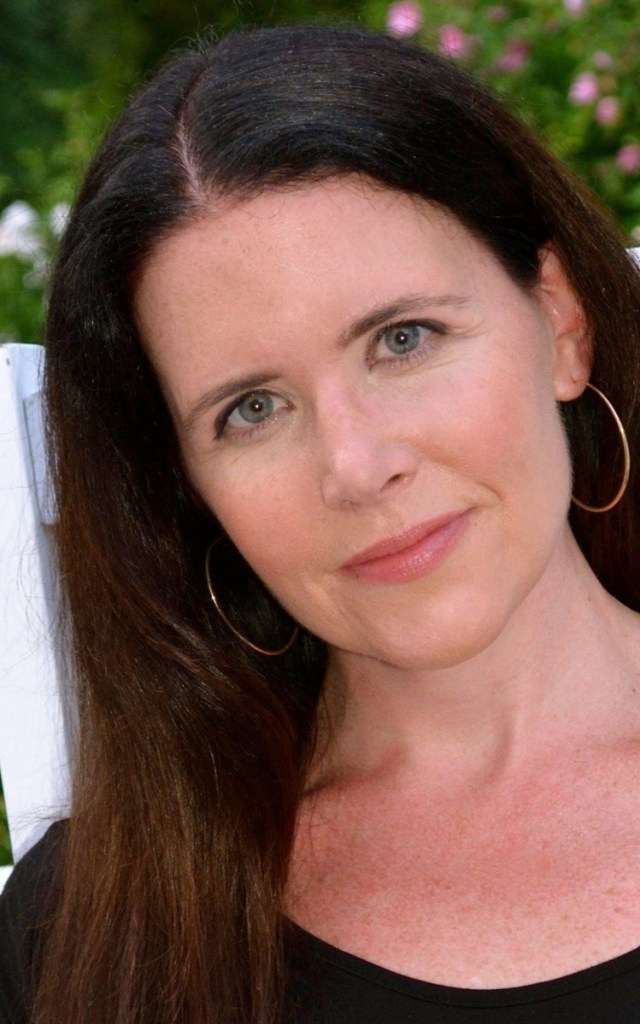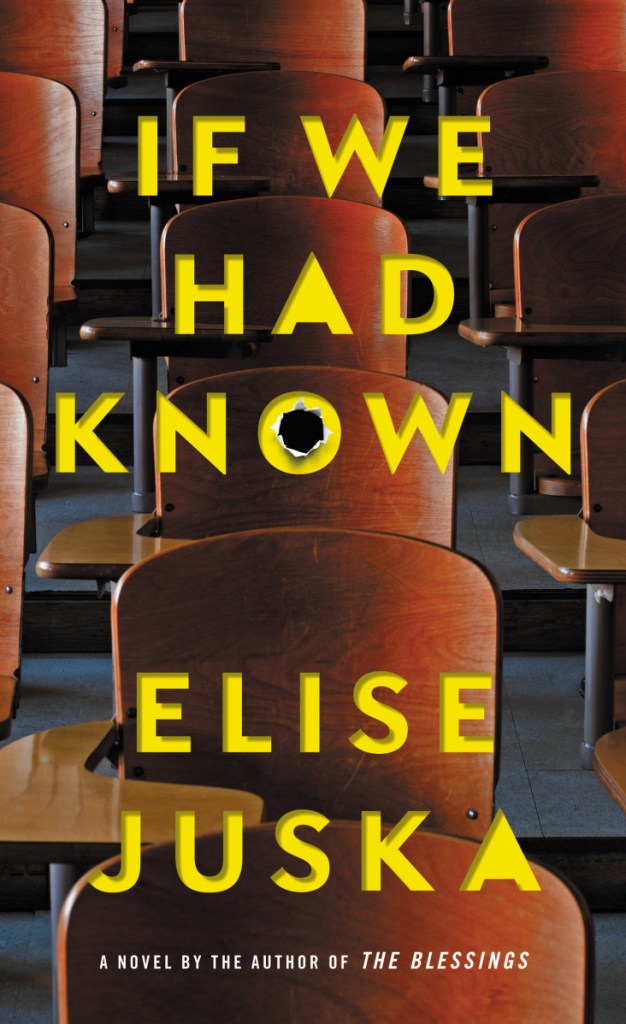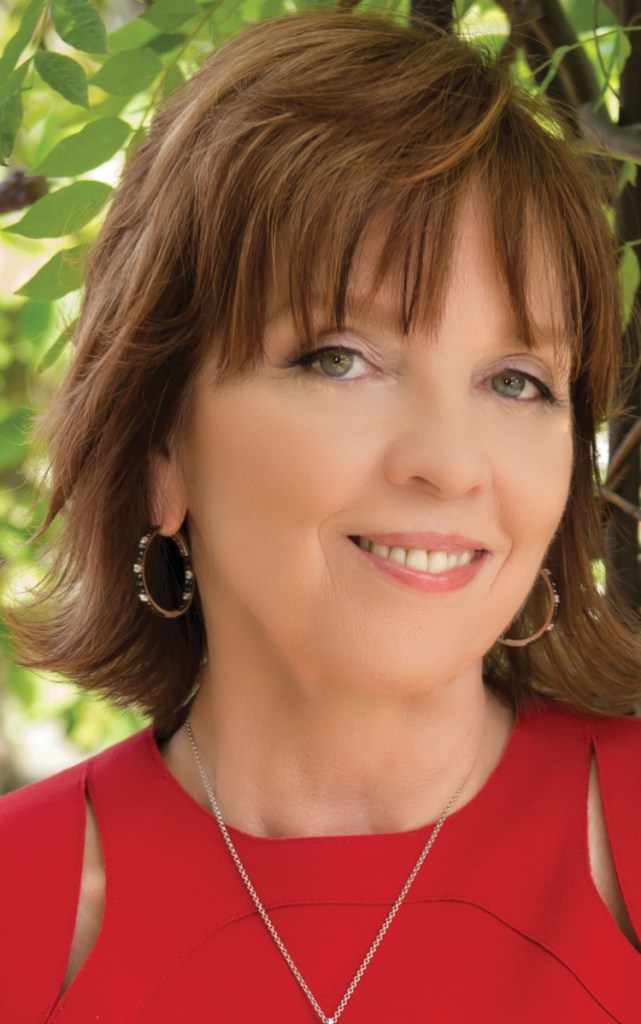People around the country will soon be reading about shooting sprees at Maine malls – that never happened.
Although Maine has only a handful of malls and hasn’t had any mass shootings, two novels due out this spring feature mall shootings at the core of their plots. “If We Had Known,” by Elise Juska, comes out Tuesday and is set in the aftermath of a gunman’s attack at a mall in the fictional town of Reed, in central Maine. “Shelter In Place,” by best-selling author Nora Roberts, is a thriller that follows the survivors of a shooting at the suburban DownEast Mall in the fictional town of Rockpoint, outside of Portland. It goes on sale May 29.
The books are hitting shelves in the middle of an emotional debate over gun violence that has prompted protests and school walkouts nationwide. Horrific school shootings over the past decade or more – ranging from Virginia Tech in 2007 to Parkland, Florida, this year – have helped inspire not only protests, but also literature. At least a half-dozen gun violence novels are scheduled to come out this spring.
But why Maine? Aren’t there enough states where these tragic events actually happened?
“Maine has this sense of security and peacefulness, and part of the book is about those feelings being shattered for these people,” said Juska, who teaches writing at the University of the Arts in Philadelphia and lives in nearby Havertown.
Novels, of course, are fiction, a collection of things that didn’t really happen or might never happen.
So, in that regard, setting a mall shooting in Maine makes sense. There’s no record of a mass school or mall shooting in Maine, and there are less than a half-dozen enclosed shopping areas here that would pass for malls in the rest of the country.
THE MAKING OF A NOVEL
Juska, 44, is more familiar with Maine than your average out-of-state author, so it was easy for her to use the state as a setting. Growing up, she spent summers at her grandparents’ house in Dennysville, near Eastport. In recent years, she has vacationed at a family home on Peaks Island, so she was familiar with the area where she set her novel, which she imagines to be near Lewiston. She also wrote some of the book in Maine.
Roberts’ choice of Maine as a setting is harder to pinpoint, since she declined an interview. At 67, she has lived most of her life in Maryland. She has not mentioned Maine in interviews nor has she been seen vacationing in Maine, as many celebrities are every year. Yet she has set several of her books in Maine, including three of her “Calhoun” novels (in Bar Harbor) and “Homeport” (in fictional Jones Point).
“If Nora Roberts has a Maine connection, it certainly isn’t obvious,” said Josh Christie, an owner of Print: A Bookstore on Congress Street in Portland. “That fact that both of these novels have shootings at malls in Maine is really a striking coincidence.”
So is the fact that these books and others are coming out at the same time the gun violence debate has intensified. Novels take years to write and get published, so it’s unlikely that the most recent mass school shooting, in Parkland in February, influenced the spate of gun violence novels.
Juska said she began thinking about using a mass shooting in a novel after the Virginia Tech massacre in 2007, when a student at the college killed 32 people and wounded 17 others. Pennsylvania author Tom McAllister, whose gun violence novel “How To Be Safe” came out April 3, said his novel’s idea first began to form in his mind after the 2012 school shooting in Newtown, Connecticut, that killed 20 children and six adults.
“I didn’t realize so many books were coming out (about gun violence); it seems a little weird,” said McAllister, who teaches writing at Temple University in Philadelphia. “But it does seem as if these shootings keep getting worse. As a teacher, who has to do drills (in preparation for shootings), it’s something that’s often on my mind.”
Is gun violence a trend in fiction now? Ron Charles, editor of The Washington Post’s Book World, is leery of such a label. He points out that some 60,000 novels come out each year, so it’s hard to call six or eight a trend.
Charles said there have been notable shooting-spree novels in the past, including Jodi Picoult’s bestseller “Nineteen Minutes” in 2007 and Wally Lamb’s “The Hour I First Believed” in 2008, which blends fiction with the facts of the 1999 shooting at Columbine High School in Colorado. But Charles said he can’t remember another time when the number of new novels dealing with gun violence has been so concentrated.
“It is an unusual number of books on the same horrible subject coming out in the middle of this very dramatic debate,” said Charles.
A TALE OF TWO MALLS
Juska’s main character is an English teacher at a community college called Central Maine State. The story begins with the teacher, Maggie Daley, finding out that one of her former students shot up the local mall in the fictional town of Reed. At least three people died. Daley finds an old essay the shooter wrote for her class and becomes worried that it contained clues to his violent behavior that she missed. The book focuses on Daley’s own self-examination, as well as public scrutiny of the shooter’s past.
Juska said that after the Virginia Tech shooting, she began to think about the idea that shooters who are students may have left clues, in their school papers, about their violent thoughts.
Juska said the idea to have the shooting take place in a mall “was not consciously planned, the mall just appeared on the page.” The mall is supposed to be in the same general central Maine locale as the college, which Juska imagines to be near Lewiston and Auburn, but more rural than those cities. That area does have a mall, the Auburn Mall, with more than two dozen businesses inside. But Juska said she definitely did not base her mall on that one.
Roberts’ novel is more of a thriller, with romance thrown in. Her DownEast Mall is described as being in a suburb of Portland called Rockpoint. It appears to be a large mall, with a movie theater. The only enclosed mall close to Portland is the Maine Mall in South Portland, a fairly economically diverse city, and it doesn’t have a movie theater.
The story of the book focuses on two young survivors of the shooting, Simone Knox and Reed Quartermaine. Quartermaine is inspired by the first police officer on the scene to become an officer himself. Years later, survivors of the mall shooting begin dying mysteriously, and Quartermaine suspects the deaths are connected and the work of one killer. After a brush with the suspected killer, Quartermaine takes a job as police officer on remote Tranquility Island. There, he reconnects and falls in love with Knox. Not to give away too much, but the press release about the book says that the romantically involved survivors will discover “there might be nowhere safe to hide.”
Although the two books are both broadly about mall shootings in Maine, local booksellers say they won’t necessarily be displayed in store windows together.
At Letterpress Books on Auburn Street in Portland, owner Katherine Osborne said she’s ordered Roberts’ book, because Roberts is so well known, but she said she didn’t know Juska’s book was set in Maine. Now that she does, she’ll definitely order it.
While she thinks the similar Maine mall settings are a very odd coincidence, she’s not totally surprised that gun violence and the fear of ever-more-gruesome public shootings are influencing authors.
“Authors and publishers pay attention to what’s happening and write about current life,” said Osborne.
Ray Routhier can be contacted at 791-6454 or at:
rrouthier@presserald.com
Twitter: RayRouthier
Send questions/comments to the editors.






Success. Please wait for the page to reload. If the page does not reload within 5 seconds, please refresh the page.
Enter your email and password to access comments.
Hi, to comment on stories you must . This profile is in addition to your subscription and website login.
Already have a commenting profile? .
Invalid username/password.
Please check your email to confirm and complete your registration.
Only subscribers are eligible to post comments. Please subscribe or login first for digital access. Here’s why.
Use the form below to reset your password. When you've submitted your account email, we will send an email with a reset code.